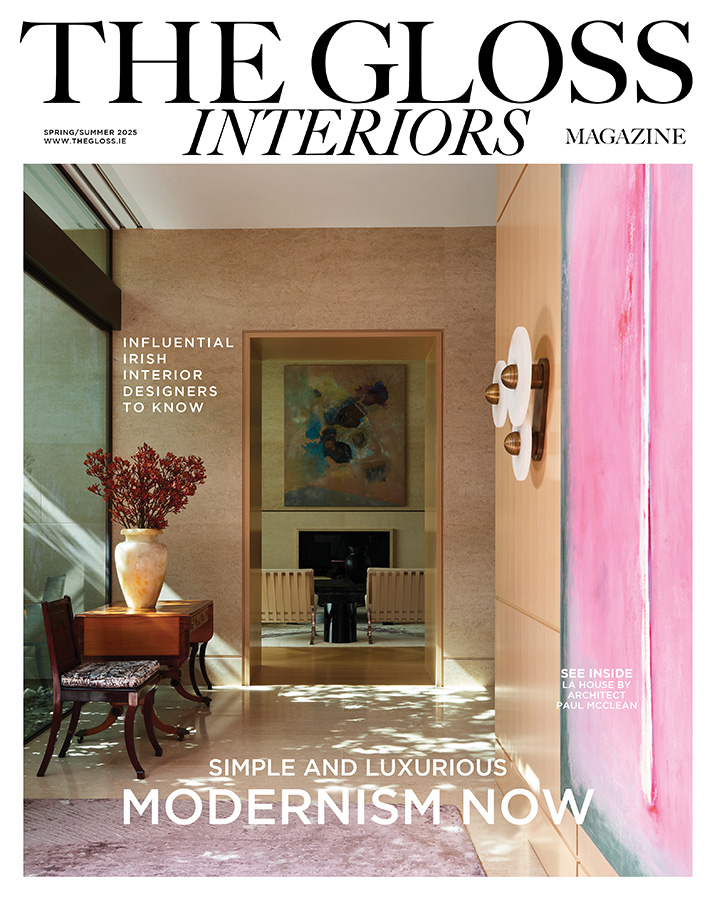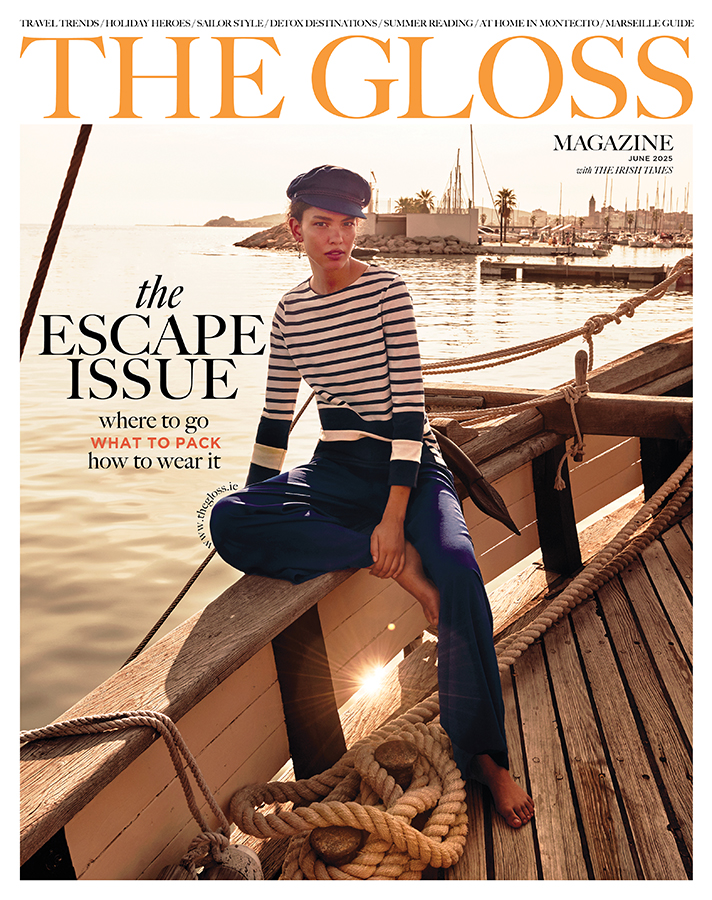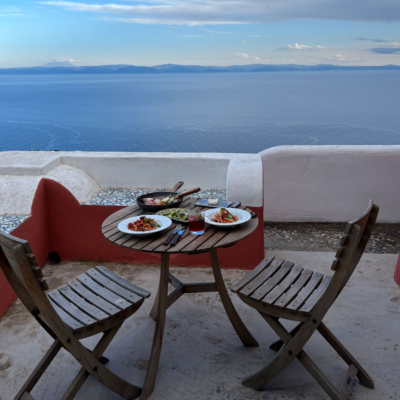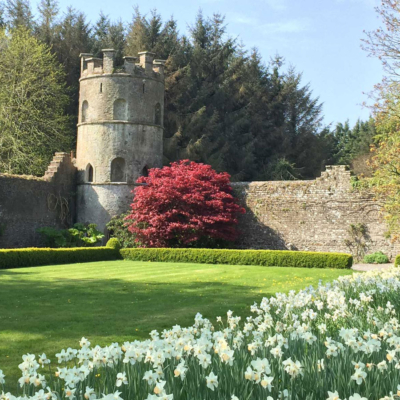The Gloss team share their favourite escapist reads and travel writers …

Sarah Halliwell, beauty editor
The book that most made me want to travel was Gombrich’s Story of Art. I had the most inspiring history of art teacher who somehow managed to fascinate us with the Italian Renaissance and all I wanted to do was pack a rucksack and visit every art gallery in Europe. And the year I left school that’s what I did, heading off to Interrail. It turned out that my travelling companion was not as interested in art as I had believed – in Rome we had a spectacular argument and he refused to go to St Peter’s, stomping off to spend the day in Rome’s zoo instead. It didn’t detract from seeing Bernini’s sculptures in the slightest. In Florence, we would sleep on the train to Venice and back to save the cost of a hostel, and survived on bread and cheese and cigarettes.
I was obsessed with the idea of Paris as a teenager, much encouraged by reading Hemingway’s A Moveable Feast at 21, like every pretentious English student, with its romantic images of Parisian café life in the “days when we were very poor and very happy”. More recently, Patti Smith’s M Train has made me want to travel, particularly to New York. Smith’s peripatetic lifestyle would make the most settled person feel restless; untied to things and places, she spontaneously drops everything and goes, spending days holed up in a London hotel watching episodes of Cracker, or drifting around Tokyo. It’s Smith’s bohemian, unfettered spirit of travel I admire: she frequently throws some socks, a camera and a paperback into a bag and heads off into the sunset. For someone who is appallingly bad at preparing for journeys – I am prone to what my friend Sally calls “Beyoncé packing” – this is my main travel takeaway from M Train, along with Smith’s enviable ability to “drink fourteen cups of coffee without compromising my sleep.”

Síomha Connolly, digital editor
If I could transport myself to one place right now, I would follow the “Lost Generation” to the French Riviera in the late 1920s for a summer of glittering glamour at some faraway villa in the hills. Lisa Kraussman’s novel Villa America (2015) perfectly encapsulates the time, where hosts Gerald and Sara Murphy welcome Hemingway, the Fitzgeralds and Picasso as their guests throughout the summer. A historical portrait of real characters but with plenty of room for artistic license, Villa America would become the setting for Fitzgerald’s Tender is the Night.
In my more innocent version of an idyllic 1920s south of France summer I’m simply envisioning top-down drives around the winding roads (headscarf on to keep hair in shape and cat eye sunglasses perfectly poised) to visit all my other friends who are summering along the Riviera, picking up supplies for endless nights spent with friends in the villa and days lounging by the pool with an intimidatingly large pile of books to get through, and slipping sunnily into the sea for an evening swim. For me, these kinds of holidays are the best, where nights are social and days are long, where you are never too far from your next cocktail and creative conversations pepper every meal.
To discover this time and place through the eyes of the authors rather than second-hand fictionalised accounts, try Hemingway’s posthumously published The Garden of Eden (a young married couple drive around the Cote d’Azur on honeymoon, as the wife begins to explore gender roles by dressing up in men’s clothing and cutting her hair “short like a boy’s”) and F Scott Fitzgerald’s Tender is the Night. The locations and era of these novels perfectly encapsulate the summer I’d like to mimic – minus the death, drama and despair.
They are so tantalisingly descriptive it’s difficult not to place yourself inside the novel as an onlooker. I am surprised when I’ve finished the book and don’t have a suntan, but I look outside the window and see only the grey skies of Dublin. These for me are the best kind of summer books, the kind that can instantly transport you. It’s been a long time since I’ve read any of the above, so I know what I’m adding to my summer re-reading list – I could certainly do with an escape right now…

Penny McCormick, deputy editor
Many of my favourite childhood books kickstarted the notion that faraway places were somehow more magical than home. I have yet to travel to Prince Edward Island, Nova Scotia (the setting for LL Montgomery’s Anne of Green Gables novels) but it’s on my bucket list. So too is Wisconsin – though by coincidence a (very) distant relative of my mother’s was investigating the family tree and recently got in touch. He has invited us to visit and lives in the state which Laura Ingalls Wilder made famous in Little House on the Prairie. Many might call that the law of attraction in action, but “Cousin Tom” as he is known, is the most interesting relation I have yet to meet.
Other formative influences on my early travel plans were Henry James and EM Forster – inspiring a love of Italy before I visited it myself, together with the notion of a grand tour. Grand hotel stays will suffice until I plan this sort of trip (Hotels Le Sirenuse, JK Place, Il Pellicano and du Cap Eden Roc are top of my wish list). I also have a whole section of my bookcase dedicated to the Riviera – titles by Mary S Lovell and Anne de Courcy are recent additions and when I want some visual escapism I enjoy Dublin photographer Edward Quinn’s iconic images of the jet set along the Cote D’Azur.
As for (actual) travel writers, PJ O’Rourke’s Holidays in Hell was a forerunner to my love of AA Gill’s writing. Less acerbic but equally enjoyable are Tim Parks and Eric Newby’s books while Michael Booth’s The Almost Nearly Perfect People: The Truth About The Nordic Miracle, is required reading for anyone planning a future trip to Scandinavia. (Booth emigrated from England to Denmark). I’ve just finished Kathleen MacMahon’s absorbing new novel Nothing But Blue Sky (published on July 30). The sense of place is so significant to the central story (the post mortem of a marriage) that I am keen to explore the small villages of the Costa Brava and have earmarked Hotel Aiguaclara, Begur as a possible base.
Main featured image from East London Parasol Company; www.eastlondonparasols.com
LOVETHEGLOSS.IE?
Sign up to our MAILING LIST now for a roundup of the latest fashion, beauty, interiors and entertaining news from THE GLOSS MAGAZINE’s daily dispatches.










